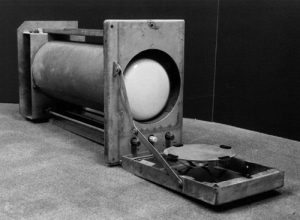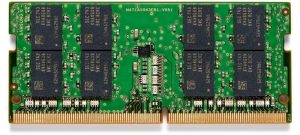Introduction
The purpose of this assignment is for students to identify a complex term related to their discipline or profession and write three definitions: a parenthetical definition, a sentence definition, and an expanded definition. These definitions will be written for “non-technical readers” to help students develop technical writing skills and understand the different levels of communication. The objectives for this assignment include, understanding the importance and need for definitions in different scenarios as well as adapting the level of details in definitions according to various environments.
Term
Random Access Memory (RAM)
Scenario
Explaining to incoming university students who are looking to purchase new computers for school, but have limited knowledge on computer hardware and terminology. The students may be interested in understanding the benefits of different hardware components and the role of different components in computers.
Parenthetical Definition
All computing devices, including desktops, laptops, etc. contain RAM (computer memory that temporarily stores data).
Sentence Definition
Random Access Memory (RAM) is a type of computer memory that stores data in the short term to allow for quick and easy access. It is one of the most fundamental components of a computer as it keeps data easily accessible, which allows for faster processing times.
Expanded Definition
History
Prior to the implementation of RAM, machines needed to be physically reprogrammed and rewired if it were to be used for another task (Goodrich, 2022). The first instance of the use of RAM was in the Williams tube, which temporarily stored data using electron beams. The Williams tube was bulky and very volatile in its memory storage. However, it served as a significant blueprint for future forms of RAM.
Visual
Figure 1
Williams tube (the first form of RAM)

Computer History Museum, 2023
Figure 2
What RAM looks like now

HP, 2023
Operating Principle – How does it work?
RAM helps temporarily store data or program code that is actively being used on a device. By storing this data in the short term memory, it allows the system to run at a more efficient pace as it is able to quickly retrieve any information needed to perform specific tasks. For example, if a user had multiple applications running at the same time, such as a web browser and a game, the data from these applications would be stored in RAM, which would allow the system to quickly switch between applications. RAM is measured in gigabytes (GB) in which more RAM would likely result in better performance as it can manage larger amounts of data.
Comparison of Sizes
The amount of RAM contained in a device will vary depending on the size of the device and its function. For laptops specifically, a casual user who only needs to browse the internet, send emails, watch videos would only need around 8GB of RAM. A user who may want to play games while also completing productive tasks might need around 16GB of RAM. For more advanced users who may use powerful video editing and graphic design software or play high performance games, 32GB of RAM may be suggested.
References
Ferguson, S., & Hebels, R. (2003). CHAPTER 6 – computer systems and technology. Computers for librarians (Third ed., pp. 167-196). Elsevier Ltd. https://doi.org/10.1016/B978-1-876938-60-4.50012-4
Goodrich, J. (2023, January 04). The birth of random-access memory. Retrieved February 7, 2023, from https://spectrum.ieee.org/the-birth-of-ram
Knerl, L. (2021, April 19). What is DRAM (Dynamic Random Access Memory)? HP® Tech Takes. Retrieved February 7, 2023, from https://www.hp.com/us-en/shop/tech-takes/what-is-dram-dynamic-random-access-memory
Villinger, S. (2022, December 8). What Is RAM and Why Is It Important? What is Ram and why is it important? Retrieved February 7, 2023, from https://www.avast.com/c-what-is-ram-memory
Williams Memory Tube. Williams Memory Tube | 102621797 | Computer History Museum. (n.d.). Retrieved February 7, 2023, from https://www.computerhistory.org/collections/catalog/102621797
Leave a Reply